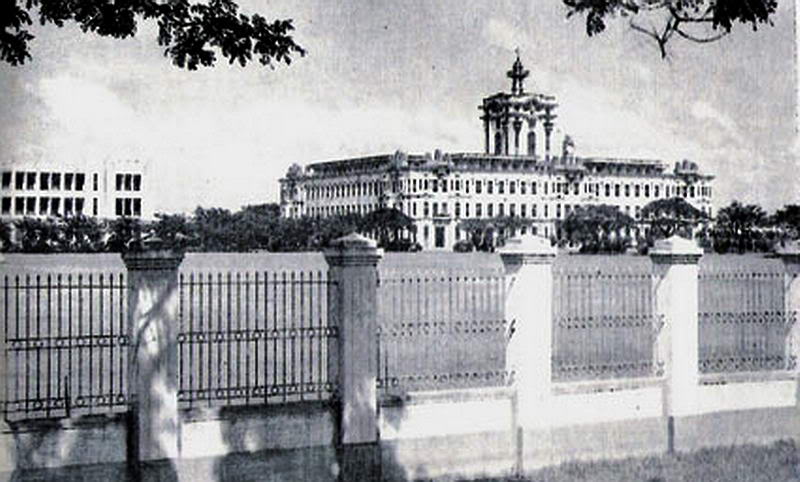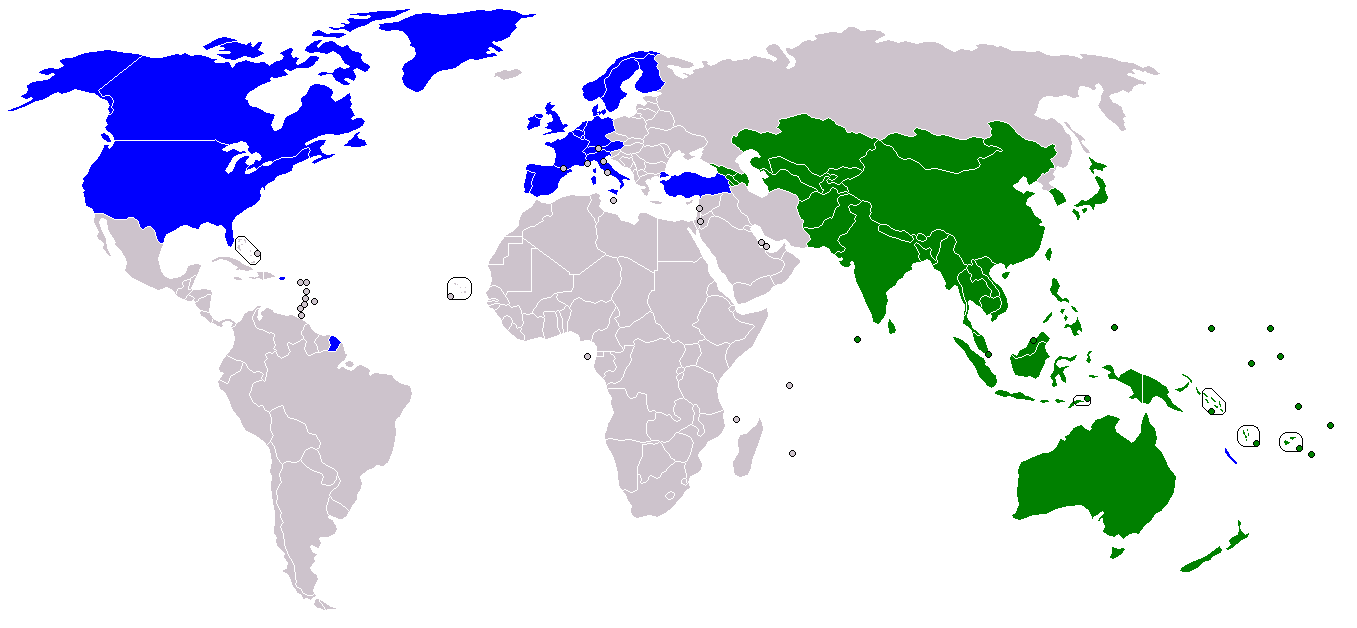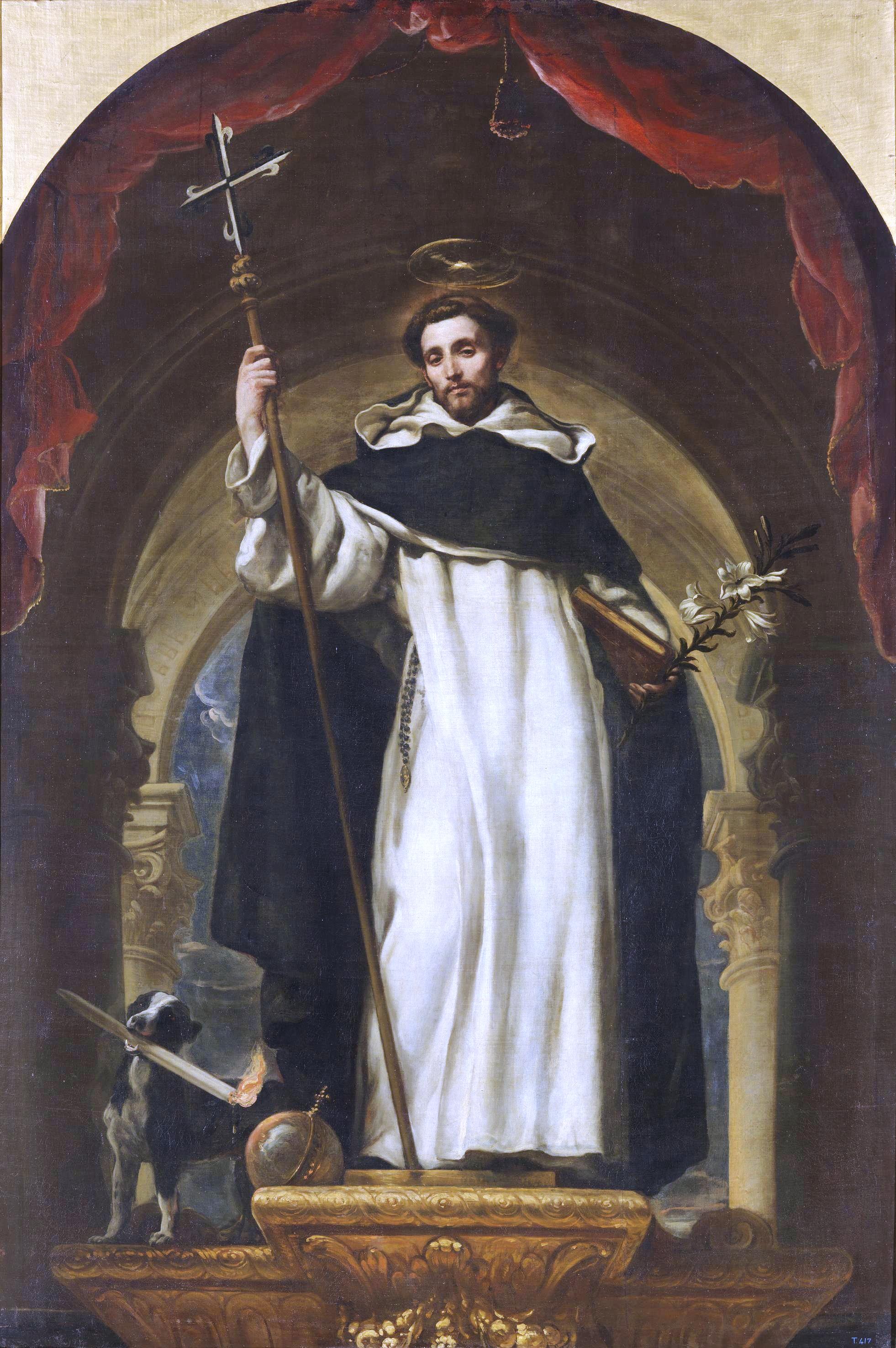|
España Station
España station is a railway station located on the South Main Line in the city of Manila, Philippines. It derives its name from its location in España Boulevard. The station is the third station for trains headed south from Tutuban. Nearby landmarks Major landmarks near the station include the University of Santo Tomas, Dominican School Manila, the Ramon Magsaysay High School, the Legarda Elementary School, and the España Tower. Transportation links España station is served by buses, jeepneys, and UV Express which ply routes along España Boulevard. Cycle rickshaws also serve the vicinity around the station. Reconstruction The station will be reconstructed as part of the PNR Calamba section of the North–South Commuter Railway The North–South Commuter Railway (NSCR), also known as the Clark–Calamba Railway, is a urban rail transit system under construction in the island of Luzon, Philippines. Running from New Clark City in Capas to Calamba, Laguna ... [...More Info...] [...Related Items...] OR: [Wikipedia] [Google] [Baidu] |
España Boulevard
España Boulevard is an eight–lane major thoroughfare in Manila, the capital city of the Philippines, named after Spain, the country that formerly held the Philippines as an overseas territory. True to its name, several Spanish names abound the street. It starts at the Welcome Rotonda near the boundary of Quezon City and Manila and ends with a Y-intersection with Lerma and Nicanor Reyes Streets in Manila. History Before becoming what it is today, the boulevard was a part of the Hacienda de Sulucan, one of the ten barrios which formed Sampaloc. In 1694, the hacienda was donated to the sisters of the Monasterio de Santa Clara. In 1905, it was turned over to the Sulucan Development Corporation. The road was constructed in 1913 as an access road to Sulucan, under the condition that it be named "España". As a part of the national road plan to connect the government center of Manila in Rizal Park to the proposed new capital on the Diliman estate, the boulevard was once part of or ... [...More Info...] [...Related Items...] OR: [Wikipedia] [Google] [Baidu] |
University Of Santo Tomas
The University of Santo Tomas (also known as UST and officially as the Pontifical and Royal University of Santo Tomas, Manila) is a private, Catholic research university in Manila, Philippines. Founded on April 28, 1611, by Spanish friar Miguel de Benavides, third Archbishop of Manila, it has the oldest extant university charter in the Philippines and in Asia, and is one of the world's largest Catholic universities in terms of enrollment found on one campus. It is the main campus of the University of Santo Tomas System that is run by the Order of Preachers. UST was granted the title “Royal” by King Charles III of Spain in 1785. Pope Leo XIII made UST a "Pontifical" university in 1902. Pope Pius XII bestowed upon UST the title of “The Catholic University of the Philippines” in 1947. UST houses the first and oldest engineering, law, medical, and pharmacy schools in the country. The main campus is the largest university in the city of Manila and is home to 22 degree-gran ... [...More Info...] [...Related Items...] OR: [Wikipedia] [Google] [Baidu] |
Railway Stations In Metro Manila
Rail transport (also known as train transport) is a means of transport that transfers passengers and goods on wheeled vehicles running on rails, which are incorporated in tracks. In contrast to road transport, where the vehicles run on a prepared flat surface, rail vehicles (rolling stock) are directionally guided by the tracks on which they run. Tracks usually consist of steel rails, installed on sleepers (ties) set in ballast, on which the rolling stock, usually fitted with metal wheels, moves. Other variations are also possible, such as "slab track", in which the rails are fastened to a concrete foundation resting on a prepared subsurface. Rolling stock in a rail transport system generally encounters lower frictional resistance than rubber-tyred road vehicles, so passenger and freight cars (carriages and wagons) can be coupled into longer trains. The operation is carried out by a railway company, providing transport between train stations or freight customer facili ... [...More Info...] [...Related Items...] OR: [Wikipedia] [Google] [Baidu] |
Philippine National Railways Stations
The Philippines (; fil, Pilipinas, links=no), officially the Republic of the Philippines ( fil, Republika ng Pilipinas, links=no), * bik, Republika kan Filipinas * ceb, Republika sa Pilipinas * cbk, República de Filipinas * hil, Republika sang Filipinas * ibg, Republika nat Filipinas * ilo, Republika ti Filipinas * ivv, Republika nu Filipinas * pam, Republika ning Filipinas * krj, Republika kang Pilipinas * mdh, Republika nu Pilipinas * mrw, Republika a Pilipinas * pag, Republika na Filipinas * xsb, Republika nin Pilipinas * sgd, Republika nan Pilipinas * tgl, Republika ng Pilipinas * tsg, Republika sin Pilipinas * war, Republika han Pilipinas * yka, Republika si Pilipinas In the recognized optional languages of the Philippines: * es, República de las Filipinas * ar, جمهورية الفلبين, Jumhūriyyat al-Filibbīn is an archipelagic country in Southeast Asia. It is situated in the western Pacific Ocean and consists of around 7,641 islands t ... [...More Info...] [...Related Items...] OR: [Wikipedia] [Google] [Baidu] |
Asian Development Bank
The Asian Development Bank (ADB) is a regional development bank established on 19 December 1966, which is headquartered in the Ortigas Center located in the city of Mandaluyong, Metro Manila, Philippines. The bank also maintains 31 field offices around the world to promote social and economic development in Asia. The bank admits the members of the United Nations Economic and Social Commission for Asia and the Pacific (UNESCAP, formerly the Economic Commission for Asia and the Far East or ECAFE) and non-regional developed countries. From 31 members at its establishment, ADB now has 68 members. The ADB was modeled closely on the World Bank, and has a similar weighted voting system where votes are distributed in proportion with members' capital subscriptions. ADB releases an annual report that summarizes its operations, budget and other materials for review by the public. The ADB-Japan Scholarship Program (ADB-JSP) enrolls about 300 students annually in academic institutions locate ... [...More Info...] [...Related Items...] OR: [Wikipedia] [Google] [Baidu] |
Department Of Transportation (Philippines)
The Department of Transportation (DOTr; fil, Kagawaran ng Transportasyon) is the executive department of the Philippine government responsible for the maintenance and expansion of viable, efficient, and dependable transportation systems as effective instruments for national recovery and economic progress. It is responsible for the country's land, air, and sea communications infrastructure. Until June 30, 2016, the department was named Department of Transportation and Communications (DOTC; fil, Kagawarán ng Transportasyón at Komunikasyón}). With Republic Act No. 10844 or "An Act Creating the Department of Information and Communications Technology", signed into law on May 20, 2016 during the administration of President Benigno Aquino III, the Information and Communications Technology Office was spun off the Department of Science and Technology (DOST) and merged with all operative units of the DOTC dealing with communications, to form the new Department of Information and Com ... [...More Info...] [...Related Items...] OR: [Wikipedia] [Google] [Baidu] |
North–South Commuter Railway
The North–South Commuter Railway (NSCR), also known as the Clark–Calamba Railway, is a urban rail transit system under construction in the island of Luzon, Philippines. Running from New Clark City in Capas to Calamba, Laguna with 36 stations and four services, the railway was designed to improve connectivity within the Greater Manila Area and will be integrated with the railway network in the region. Originally planned in the 1990s, the railway project has had a tumultuous history, being repeatedly halted and restarted due to various reasons. The first proposal was the "Manila–Clark rapid railway" with Spain in the 1990s that was discontinued after disagreements on funding, and during the 2000s, the NorthRail project with China that was discontinued in 2011 due to allegations of overpricing. The current railway line began development in 2013. The project's initial phase was approved in 2015, and construction began in 2019. Expected to cost , the line is the most ... [...More Info...] [...Related Items...] OR: [Wikipedia] [Google] [Baidu] |
Cycle Rickshaw
The cycle rickshaw is a small-scale local means of transport. It is a type of hatchback tricycle designed to carry passengers on a for-hire basis. It is also known by a variety of other names such as bike taxi, velotaxi, pedicab, bikecab, cyclo, beca, becak, trisikad, sikad, tricycle taxi, trishaw, or hatchback bike. As opposed to rickshaws pulled by a person on foot, cycle rickshaws are human-powered by pedaling. Another type of rickshaw is the auto rickshaw. Overview The first cycle rickshaws were built in the 1880s, and they were first used widely in 1929 in Singapore. Six years later they outnumbered pulled rickshaws. By 1950 cycle rickshaws were found in every south and east Asian country. By the late 1980s there were an estimated 4 million cycle rickshaws in the world. The vehicle is generally pedal-driven by a driver, though some are equipped with an electric motor to assist the driver. The vehicle is usually a tricycle, though some quadracycle models exist, a ... [...More Info...] [...Related Items...] OR: [Wikipedia] [Google] [Baidu] |
Legarda Elementary School
The Legarda Elementary School is a public elementary school located in Sampaloc in the City of Manila. Built in 1922, the school is notable for its main school building that has managed to retain its pre-war architecture, making its building the oldest surviving campus in Manila. History The school was built on the land that was donated by the heirs of Benito Legarda, an eminent legislator and cabinet member of the First Philippine Republic who later became the first Resident Commissioner of the Philippines during the American colonial period. It was in his honor that the school that the school was named after. Andres Luna de San Pedro, the architect son of painter Juan Luna, designed the school's main building. It became a prominent landmark in the area with its unique Victorian style of architecture which evokes a sense of grandeur. The school's first principal was Andrea Vitan Arce, a renowned educator and writer. The school also received an early distinction for being a ... [...More Info...] [...Related Items...] OR: [Wikipedia] [Google] [Baidu] |
Ramon Magsaysay High School, Manila
Ramon Magsaysay High School (RMHS) is a high school in Manila, Philippines. It was founded as the Governor Forbes annex of V. Mapa High School in 1952. In 1958 it was renamed Gov Forbes High School, in honor of former Philippine governor general William Cameron Forbes. Finally in 1959, it was renamed Ramon Magsaysay High School, in honor of former Philippine president Ramon Magsaysay. History Nine principals in turn have led the school: * Maria M. Ocampo (1959–1972) * William L. Estrada (1972–1976) * Mateo A. Angeles (1976–1987) * Esperanza B. Bautista (1987–1995) * Elena R. Ruiz (1996–1997) * Leon R. San Miguel (1997–1999) * Cristina C. Reyes (1999–2010) * Alma C. Tadina (2010–2017) * Gene T. Pangilinan (2017–present) {{coord missing, Philippines 1959 establishments in the Philippines Education in Sampaloc, Manila Educational institutions established in 1959 High schools in Manila Public schools in Metro Manila ... [...More Info...] [...Related Items...] OR: [Wikipedia] [Google] [Baidu] |
Dominican School Manila
Dominican School Manila, founded in 1958, is a private Catholic basic education institution run by the Congregation of the Religious Missionaries of St. Dominic in Sampaloc, Manila, Philippines. The school is located near the University of Santo Tomas. DSM is also one of the schools, colleges and universities that opened its door to the Senior High School enrollees in 2016. These students were assisted by the Voucher Program of the Department of Education and the Fund for Assistance to Private Education (FAPE). The school was founded in June 1958 by the Mission Siaters in response to the need to provide Catholic education to the children who live in the vicinity of UST. More equipment and materials were procured for the use of the pupils and the staff. Academic programs were evaluated and revised. Assignments and teaching loads were also examined to find out whether the pupils were receiving the best instruction. In School Year 2006-2007, DSM started classes for the secondary edu ... [...More Info...] [...Related Items...] OR: [Wikipedia] [Google] [Baidu] |
Espana PNR Station
, image_flag = Bandera de España.svg , image_coat = Escudo de España (mazonado).svg , national_motto = '' Plus ultra'' (Latin)(English: "Further Beyond") , national_anthem = (English: "Royal March") , image_map = , map_caption = , image_map2 = , capital = Madrid , coordinates = , largest_city = Madrid , languages_type = Official language , languages = Spanish , ethnic_groups = , ethnic_groups_year = , ethnic_groups_ref = , religion = , religion_ref = , religion_year = 2020 , demonym = , government_type = Unitary parliamentary constitutional monarchy , leader_title1 = Monarch , leader_name1 = Felipe VI , leader_title2 = Prime Minister , leader_name2 = Pedro Sánchez , legislature = Cortes Ge ... [...More Info...] [...Related Items...] OR: [Wikipedia] [Google] [Baidu] |



.jpg)


